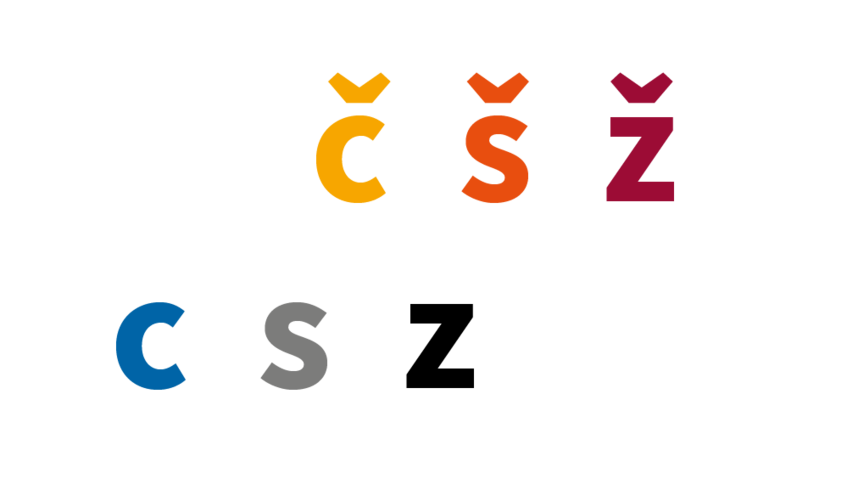Language diffusion

Language diffusion
Languages are seen as an important part of our culture by many people. Yet many of the languages used in the world today are undergoing changes due to the increasing globalization of the world. UNESCO estimates that at the end of the 21st century, 90 percent of today’s languages will have been replaced by a few dominant languages. This change where people give up (partially) use of one language in favor of another is called language shift.
To find out why language shift happens and why some languages are being used less and less, one needs to first understand the dynamics behind language shift. Language shift can be described as a diffusion process in accordance with physical diffusion—as spread of the dominant language and resulting retreat of the minority language. But what are the driving factors of this specific kind of diffusion? Why do people give up use of one language in favor of another?
To answer these questions, we combine mathematical modeling with detailed empirical data about language use. We make use of the physical theory of diffusion. We use a simple model to describe the dynamics of language shift on a microscopic level. Here, “microscopic” means on the level of the smallest available spatial units. Hamlets, villages and towns are our starting point. Our simulations show that the interaction with other speakers in the village itself and in the neighborhood is the most important factor influencing language dynamics.
Our “laboratory” is Southern Carinthia—a region representing a very well-documented linguistic system in which two languages interact on the same territory. Southern Carinthia was part of the Austro-Hungarian Empire until 1918 and a federal state of the Republic of Austria afterwards. In Southern Carinthia, the population spoke and speaks partly German, partly Slovenian. However, since 1880 a language shift has been taking place and the number of Slovenian speakers is gradually decreasing.
In the interactive maps below, you can see how the number of Slovenian speakers changes over time and space. The maps show the time periods from 1880 until 1910, i.e. 8 years before the collapse of the Austrian-Hungarian Empire and a recent time period from 1971 till 2001. Where available, the results of our simulation are compared with census data.
Because of drastic political events (e.g. the two World Wars), the timespan between both periods is not included in our study as no continuous treatment is possible.
Publications of the project:
- Katharina Prochazka (2019). Diffusion modeling of language shift in Austria(-Hungary). Dissertation, University of Vienna. [e-print]
- Katharina Prochazka (2019). Sprachwechsel in Südkärnten: Quantitative Beschreibung und Modellierung als Diffusionsprozess. In: Bülow, L./Fischer, A.K./Herbert, K.: Dimensions of Linguistic Space: Variation – Multilingualism – Conceptualisations. Wien: Peter Lang, 165–186. DOI: 10.3726/b15250. (Open Access, read online)
- Katharina Prochazka & Gero Vogl (2018). Are languages like atoms? On modelling language spread as a physicist. Glottotheory 9(1): 77–88, DOI: 10.1515/glot-2018-0005.
- Katharina Prochazka (2018). Minderheitensprachen zählen! Über Sprachzählungen und Minderheiten(-sprachen). Wiener Linguistische Gazette 83: 1–26. (Download PDF)
- Katharina Prochazka & Gero Vogl (2017). Quantifying the driving factors for language shift in a bilingual region. PNAS 114(17): 4365–4369, DOI: 10.1073/pnas.1617252114. (Download PDF + Supporting Information)
- Commentary: Modeling language shift (A. Kandler & J. Steele). PNAS 114(19): 4851–4853, DOI: 10.1073/pnas.170350911.
Austro-Hungarian Empire: 1880–1910
Modern Austria: 1971–2001
Detailed census data cannot be shown on the map for data protection reasons.
Acknowledgments
We thank Alois Gehart and Wolfgang Zöllner of the Statistik Austria library for providing census data.
Katharina Prochazka is supported by a uni:docs fellowship of the University of Vienna.
Feedback & comments
If you have any questions or comments about our work, we are happy to hear from you.
Send us an e-mail: Katharina Prochazka und Gero Vogl.
